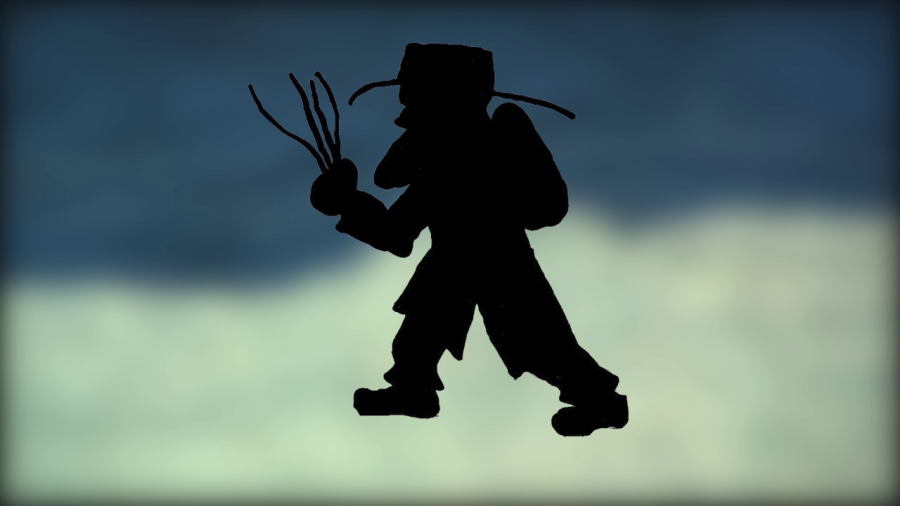The Belsnickel: A Pennsylvania Dutch Christmas Tradition

(WHTM) Late at night during the Christmas season, as you sit comfortably by the fire with your children, you may hear the sound of a bell ringing outside, then the scratching and tapping of sticks against your windows. Suddenly your door bursts open and in walks an old man dressed in dirty, tattered clothes, dirty, tattered furs, a dirty, tattered hat, with a dirty face and beard (which he may hide behind a mask.) On his back is a grungy old sack, and in his hand is the menacing switch he used to tap on the windows.
The Belsnickel has come to judge the children!
Get daily news, weather, breaking news, and alerts straight to your inbox! Sign up for the abc27 newsletters here
He’s come from quite a ways away, too. The character of the Belsnickel originated in southwestern Germany, in the area along the Rhine River known as the Palatinate. He was brought across the ocean by German immigrants who settled in the Commonwealth and became known as the Pennsylvania Dutch because, to the 18th Century English, “Dutch” was synonymous with “German.”
Belsnickel is definitely not a jolly old elf. He tends to be a crotchety, ill-tempered fellow. Maybe it’s because nobody knows how to spell his name. In addition to Belsnickel, his name has also been spelled Belsnikel, Belschnickel, Belznickle, Belznickel, Pelznikel, and Pelznickel.
Belsnickel’s bag (and pockets, if he has them) is full of gifts like cakes, nuts, and candies for the children.
First, though, the children must prove they are good.
Author Spotlight: Bonnie Swinehart
Belsnickel will ask the children questions and sometimes have them recite passages from the Bible or say a prayer. Then comes the final test – Belsnickel will throw the cakes, candies, and nuts on the floor! If the kids dive too quickly for the sweets, Belsnickel will give them a quick smack with his switch for being too greedy.
People might see a certain resemblance between the Belsnickel and that other Germanic folklore figure, the Krampus. But the Krampus is more of a pagan, demonic creature with horns and long claws, While the Belsnickel is decidedly human. (If he’s wearing horns or antlers, it’s because they’re attached to his hat.)
Happy Krampusnacht! (Unless you’re a naughty child…)
In a way, the Belsnickel represents a combination of two Christmas traditions; he brings punishments like the Krampus, but also gifts like Saint Nicholas/Santa Claus. (He is, so far as we can tell, the first Christmas character to make a distinction between good and bad children, though Santa’s sort of taken over that duty.)
The tradition of the Belsnickel is not just Pennsylvania Dutch. He shows up anywhere Germans, parlicularly from the Palatinate, settled in America. The Belsnickel tradition shows up in New York’s Hudson Valley, the Shenandoah Valley in Virginia, and even in Ontario, Canada.
Santa’s sinister alter ego is in Lancaster County
The tradition of the Belsnickel waned in the United States during the first half of the 20th Century, when two world wars made all things German suspect. But in recent years the Belsnickel (and the Krampus) have been making a bit of a comeback. The Krampus got his own Christmas comedy/horror movie, and the Belsnickel got a lot of mainstream exposure in the series The Office, when the character Dwight Shrute showed up dressed as the Belsnickel at the annual Christmas Party. So maybe someday soon you will have a Belsnickel tapping at your window…
For the latest news, weather, sports, and streaming video, head to ABC27.

